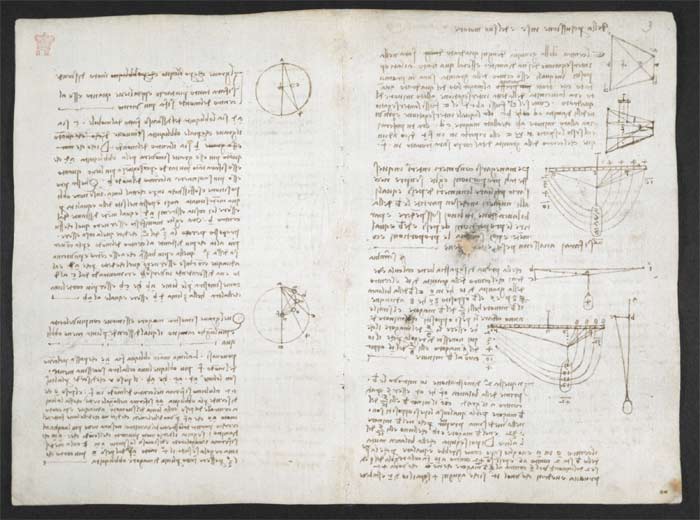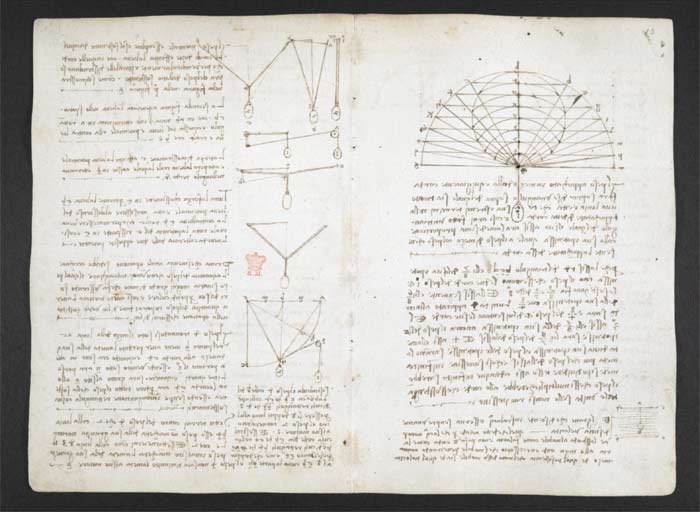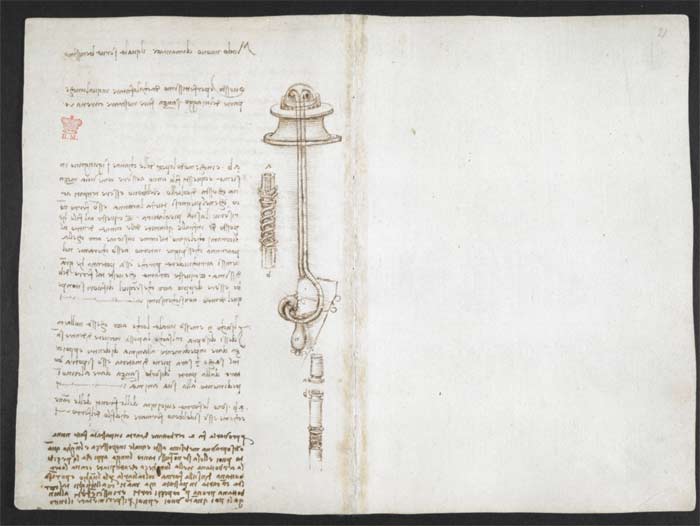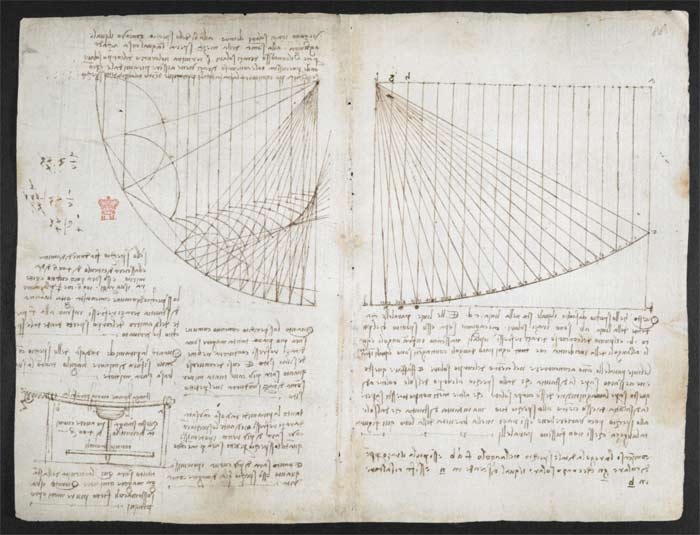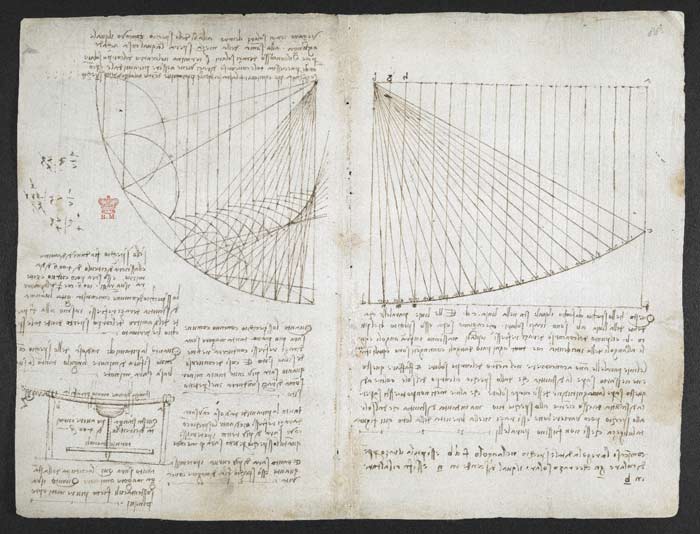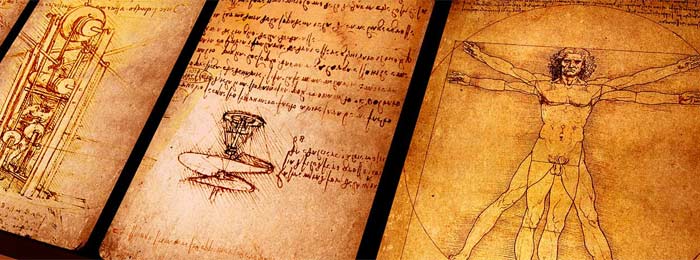Article by Adrian Zain
Leonardo Da Vinci is easily one of the greatest artists of all time, giving us works such as the Mona Lisa, Salvator Mundi, and the Last Supper along with surprising and delighting us all for 100s of years, and while Leonardo’s paintings are certainly his claim to fame, Da Vinci also has a series of notebooks and manuscripts that give us unprecedented insight into both his knowledge, and his process in painting and drawing, his notebooks are also filled with mathematical and scientific knowledge, but we’re going to take a look at the artistic side of his notebooks, in which there is so very much we can learn.
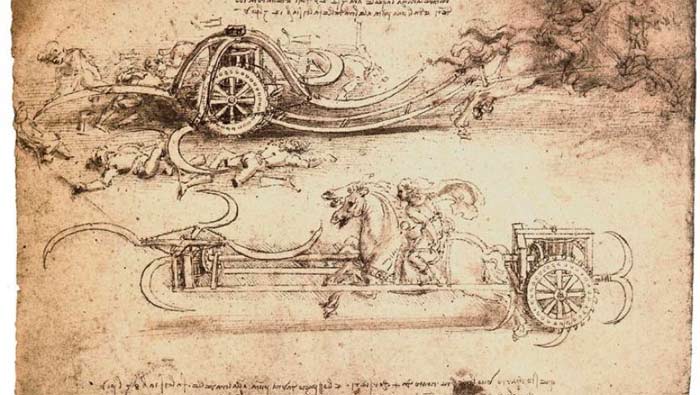
There are currently 12 known notebooks by Leonardo Da Vinci, which were written and made over 1478 to 1510, and in total have around 5000 pages of notes, drawings, studies and much more, the names of these notebooks are:
– Codex Atlanticus
– Codex Windsor
– Codex Arundel
– Codex Trivulzianus
– Codex Forster
– Paris Manuscripts (the largest compilation)
– Codex Madrid
– Codex Ashburnham
– Codex on the Flight of Birds
– Codex Leicester
– Codex Urbinas
One of the most incredible pages out of all the notebooks, is a drawing that you might know, the Vitruvian Man, this is a drawing of a man (which is possibly a self-portrait), legs and arms spread out to showcase the proportionality of the Human Body, but what’s very interesting is the notes on proportions that accompany this famous artwork. The first paragraph showcases the basic proportions of the Human Body in which Da Vinci writes:
“Vetruvio, architect, puts in his work on architecture that the measurements of man are in nature distributed in this manner, that is:
a palm is four fingers
a foot is four palms
a cubit is six palms
four cubits make a man
a pace is four cubits
a man is 24 palms
and these measurements are in his buildings”
As you read down that page, Leonardo Da Vinci gives us dozens of more proportions to look out for, and it gives us, and almost tells us a clue that we should all, if we so want to draw very well, study proportions, and especially the proportions that the old masters studied – especially since in today’s world, these proportions have practically been forgotten, with only classical based artists really studying them now.
But thankfully Da Vinci’s notebooks also offer insight into many more topics, one topic is observation, an important skill for anyone looking to become an artist, and Da Vinci laid out a simple method for observing a scene or something in general. He says “If you wish to have a sound knowledge of the forms of objects, begin with the details of them, and do not go on to the second step until you have the first well fixed in memory.” In short Da Vinci says look at every detail, every shape, every shadow and everything you could possibly see in an object before moving onto the next step, which would be to put whatever you’re looking at onto the page.
I think personally, everyone should study Da Vinci’s journals, all of which have been translated and many have been put online for free – and I have no doubt that you will get a tiny bit closer into seeing the process of the incredible old masters.
